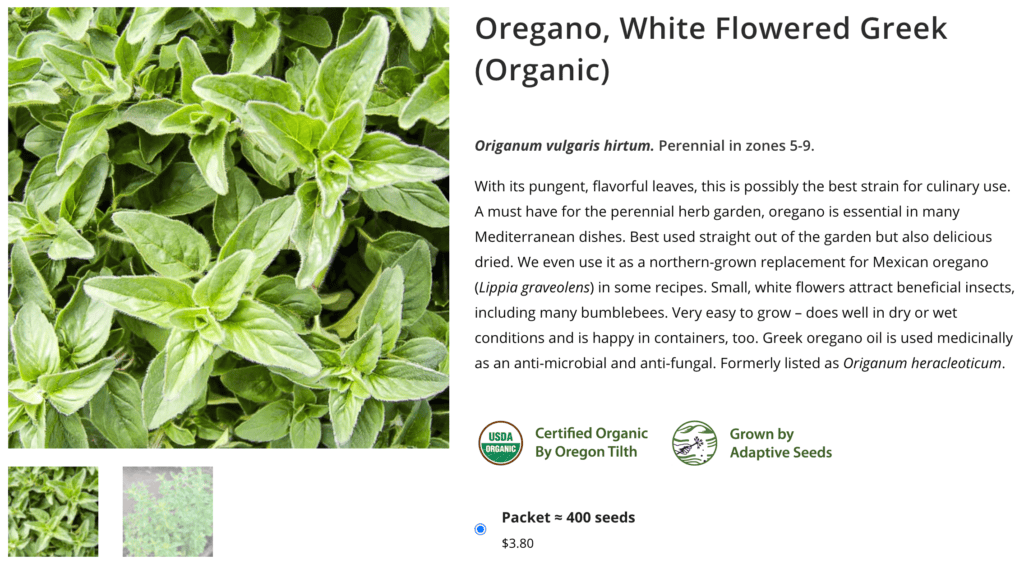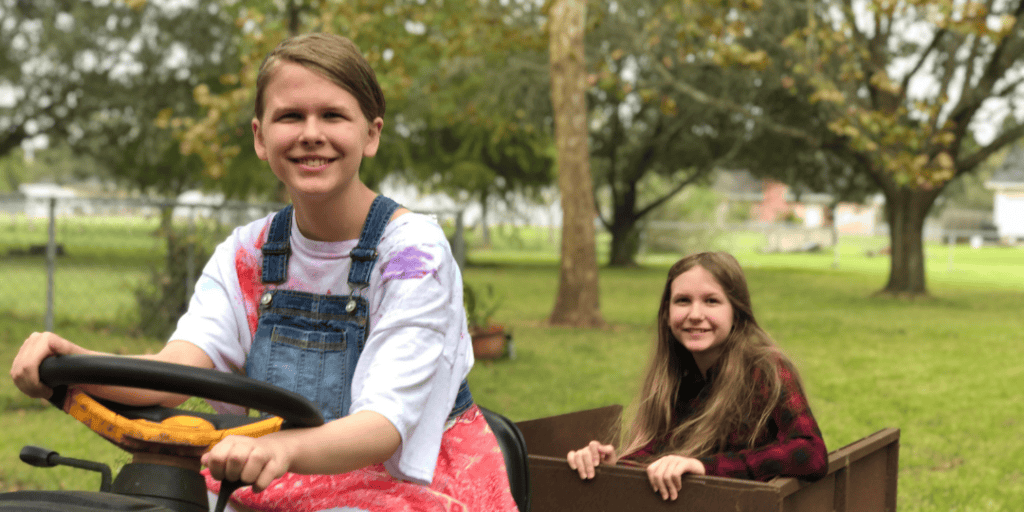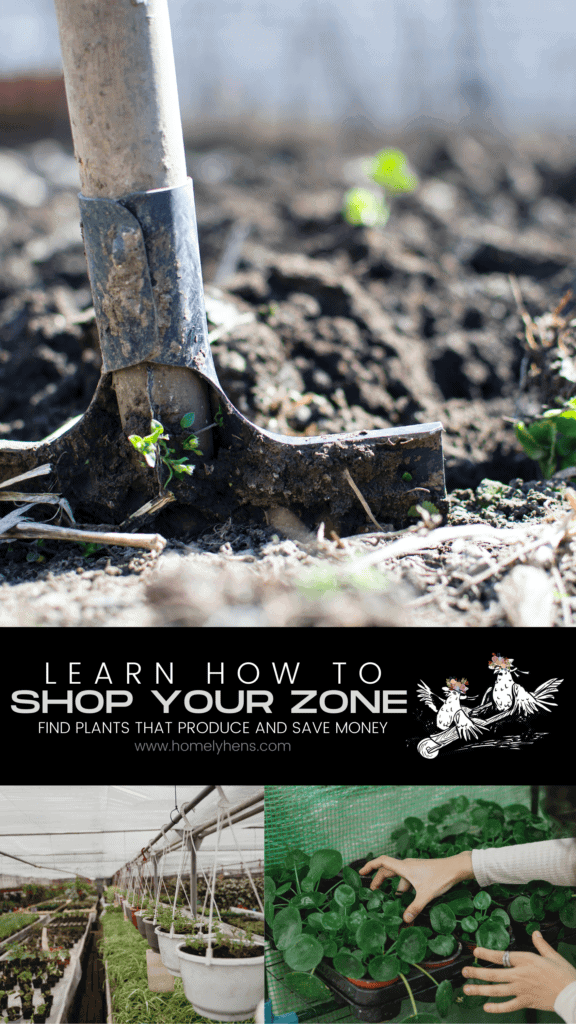
Produce More and Save Money – Shop Your Zone
Have you ever been told to shop your zone? When I first heard this I was like what the heck is a zone!? haha But in the plant world zones are super important. They give you a great indication of what plants will thrive in your area depending on how far or close you are to the equator.
I live in zone 9a. The varieties of plants I can plant are super similar to what Sam (my co-blogger) can plant. But she lives in zone 5 so there are some differences. These differences can make or break your gardening adventure. It can cost you money in plants that will not produce properly and it can be so disheartening spending all that time only to have a plant die. Some people think they have no green thumb when really it just takes adjusting a few things to turn a garden around.
So how do you know what zone you are in? Well, that is super easy. A simple Google search will give you tons of images like the one below. However, my favorite place to go is the USDA website. Their site is interactive so you can really zoom in and look at where you live. You also have the option to download the maps that are super clear and have different options. There are large maps including all the states, smaller maps that are based on individual states, and legends that are based simply on temperatures.

So does a plant being perennial, annual, or biennial make a difference when you shop your zone? Yes, it actually does!
Let’s talk about perennials, annuals, and biennials for just a moment in case there are some people reading this who are not quite sure what the difference means.
ANNUALS: Annuals are plants that grow in one season and then after the season is over they die. The only reason they come back would be from either a person planting a new one or a seed that survived the winter in the right environment. A great example of an annual is wildflowers. Think about how each spring they pop up, bloom, and then disappear once they die. We also plant a lot of vegetables as annuals. (cucumbers, squash, leafy greens, cilantro.)
PERENNIALS: Perennials live continuously. You have some perennials that are evergreen and stay looking like they are thriving all year long. And some that go dormant during certain parts of the year (usually winter). These usually come back in full force with a huge growth spurt (usually in spring). A simple example of the evergreens would be a lot of landscaping plants you will see. The bushes that stay green all year long despite the coldest of weather are a great example. Dormant ones are like trees that lose their leaves and then come spring they come back not only with new leaves but tons of growth
BIENNIALS: Biennials take 2 years to grow. They will grow, fruit, produce seeds, and then die in that time period. An example would be carrots. They only take about 70 days to grow roots large enough to harvest. But if you want to collect seeds, you should continue to let them grow. They will flower the following year, produce the seeds, and then die.
Putting it together
Knowing the differences in these helps when it comes to planting in zones. Perennial plants are where you want to pay close attention to your zones for longevity. These plants are made to live long and there is nothing worse than to spend the money and all the time on a plant for it to end up dying.
Also, some plants will only produce after a certain amount of ‘chill hours’ in order to bear fruit. So for me living in the South, we don’t get a lot of chill hours. I purchased Brightwell Blueberries and they only required 350-400 chill hours. That was PERFECT for me. Had I chosen another variety of blueberries I might be scratching my head a lot when no blueberries grew.
All this information is important for annuals and biennials as well. Knowing what zone you are in determines when you will be starting all your seeds. With annuals, there are a certain amount of days it takes from planting that seed to the time you will harvest it will depend on the plant itself. Your zone will indicate when to plant these. A lot of seed packets will talk about this on the back of them as well. If you start them too early they can get affected by the frost and die. And if you start too late the climate will change and the plant life will be cut short before it is produced.
Now that you know what zone you live in let’s talk about how to shop your zone.
So a lot of websites will have search engines that let you simply plug your zone into them and they will show you what plants to purchase. On some of them, you can just enter the word ZONE and your zone number and it will show you the plants in that area.
Here is an example of some White Flowered Greek Oregano I found while searching on the Adaptive Seeds website for my zone:

Another way knowing your planting zone is important is when it comes to actually planting your plants. A lot of the vegetables we plant are annuals. They all have a certain amount of days it takes from planting that seed to harvesting that veggie depending on the type of plant it is. What zone you are in will determine when to plant your plants. Check out this guide on When to Start Seeds Indoors, especially if you’re in zone 5.
The things that will affect plants the most are temperature and moisture. There are ways to still grow plants that grow better in other zones. When the plant is grown in a controlled environment it can always change what you are able to grow. This is when greenhouses can really come in handy. They allow you to grow plants you may not be able to otherwise grow and as an added benefit they let you start plants earlier than you could if you started them outside.

So before you dig be busy looking up the plants and put the things you have learned into practice when you shop your zone so your garden will be one to give back to you for years to come.
If you found yourself here and you are at the beginning phases of planning out your garden and homestead, check out my blog post, Planning Out Your Homestead with These Simple Steps, where I talk about some basic steps to take to help you plan out your area that will help you.
A good plan will help you when it comes time to shop your zone so you are ready to dive in!










